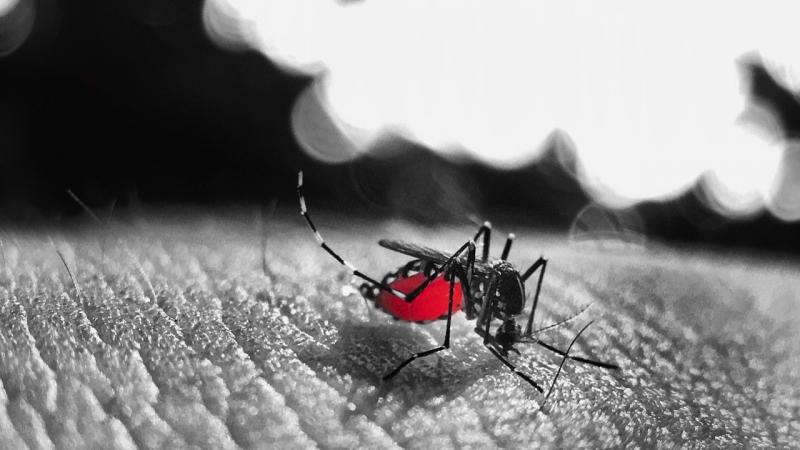
The monsoons in India bring with them a much-awaited relief from the summer's heat, and a host of headline-catching infectious diseases. In a country with a population of over 100 million, managing contagious diseases that burden the economy and public health is a challenge. Dengue, a mosquito-borne illness, wreaks enough havoc to get attention from the press every year. A recent study by researchers from the National Institute of Epidemiology, Chennai, Jawaharlal Institute of Postgraduate Medical Education, Puducherry, Campbell Collaboration, New Delhi and the Indian Council for Medical Research, New Delhi, aims to understand the nature of the dengue infection and its prevalence in the country.
Dengue is a viral disease that gets transmitted through the bite of a female Aedes mosquito. It is prevalent in the tropical and subtropical areas, mainly in the cities. However, with the rapid expansion of cities and the creation of ‘peri-urban’ spaces, rural areas are now facing an increasing risk of dengue. Although the symptoms of dengue are treatable if detected early on, it can be potentially fatal and hence needs a better understanding to devise management strategies.
In the current study, published in the journal PLOS Neglected Tropical Diseases, the researchers have reviewed studies published over five decades until 2017, related to dengue in India. These include laboratory and hospital case studies and dengue outbreak reports. Of the 2000 such articles screened, they identified 233 for their review. Their study included data spanning north, south, east, west and north-eastern states of India. The research was supported by the Department of Biotechnology, Government of India.
The dengue virus is categorised into four varieties based on ‘serotypes’—structures present on the surface of the virus. At times, a serotype could be endemic, when it is found in a particular geographical area. Some serotypes could be present in healthy people, who are not infected but act as ‘carriers’ of the disease without any symptoms. The study found that dengue is prevalent among a whopping 38% of India’s population. The high prevalence estimate indicates that a large proportion of the population is infected, and many get cured and live a long life.
The researchers also found that the four regions of India—north, south, east and west—have at least two different serotypes of this virus. This finding has implications for cases when a person gets infected by dengue for the second time, as he/she may have developed immunity for the first serotype but not for the second one. Hence, a second infection could result in severe dengue infection.
Dengue also has significant social and economic costs for the country as it needs management of mosquitoes, preventive measures, awareness campaigns and treatment facilities at all Primary Health Centres and other government-run healthcare provisions. The current study reports that in the year 2012 alone, the estimated medical cost for dengue in India was a staggering 548 million USD! To put this into perspective, consider this—dengue infections last for an average of two weeks and incur twice as much the average daily cost of managing a chronic disease like tuberculosis, which lasts for about 72 days.
The dengue vaccine is the latest ‘preventive’ arsenal we have against the disease. It acts by boosting the natural immunity of an individual against the disease and has been proven effective in some tropical countries. However, since only 57% of Indians have an innate resistance to dengue infection according to the study, there is a risk that these individuals may develop severe dengue when vaccinated. Hence, the World Health Organisation recommends screening an individual for immunity before vaccination. The researchers of the study highlight the need for a more robust survey to identify seroprevalence, or the presence of natural immunity, in India.
A significant point made in the study is about the lack of community-based epidemiological studies on dengue in India. Such studies, the researchers point out, are essential for managing the disease. “There is a need to initiate well planned community-based cohort studies representing different geographic regions of the country to generate reliable estimates of the age-specific incidence of dengue fever in India. As such studies are cost-intensive, a national level survey to estimate age-stratified dengue seroprevalence rates could be an alternative”, suggest the authors.
As we grapple with the dilemma of resisting the changing rural landscapes versus better quality of life, the compromising solution of peri-urban areas is only expanding. This transformation is also bringing diseases, which were non-existent in such regions in the past. With increasing global temperatures, the ecology of tropical diseases is likely to change too. Studies like these help us identify the changing disease patterns and devise better management strategies powered by information.
